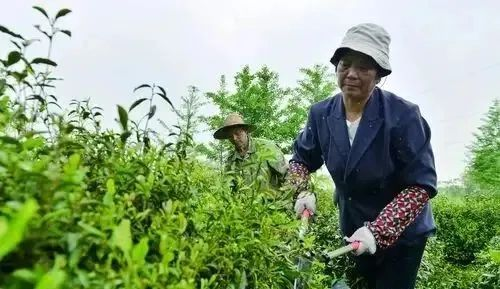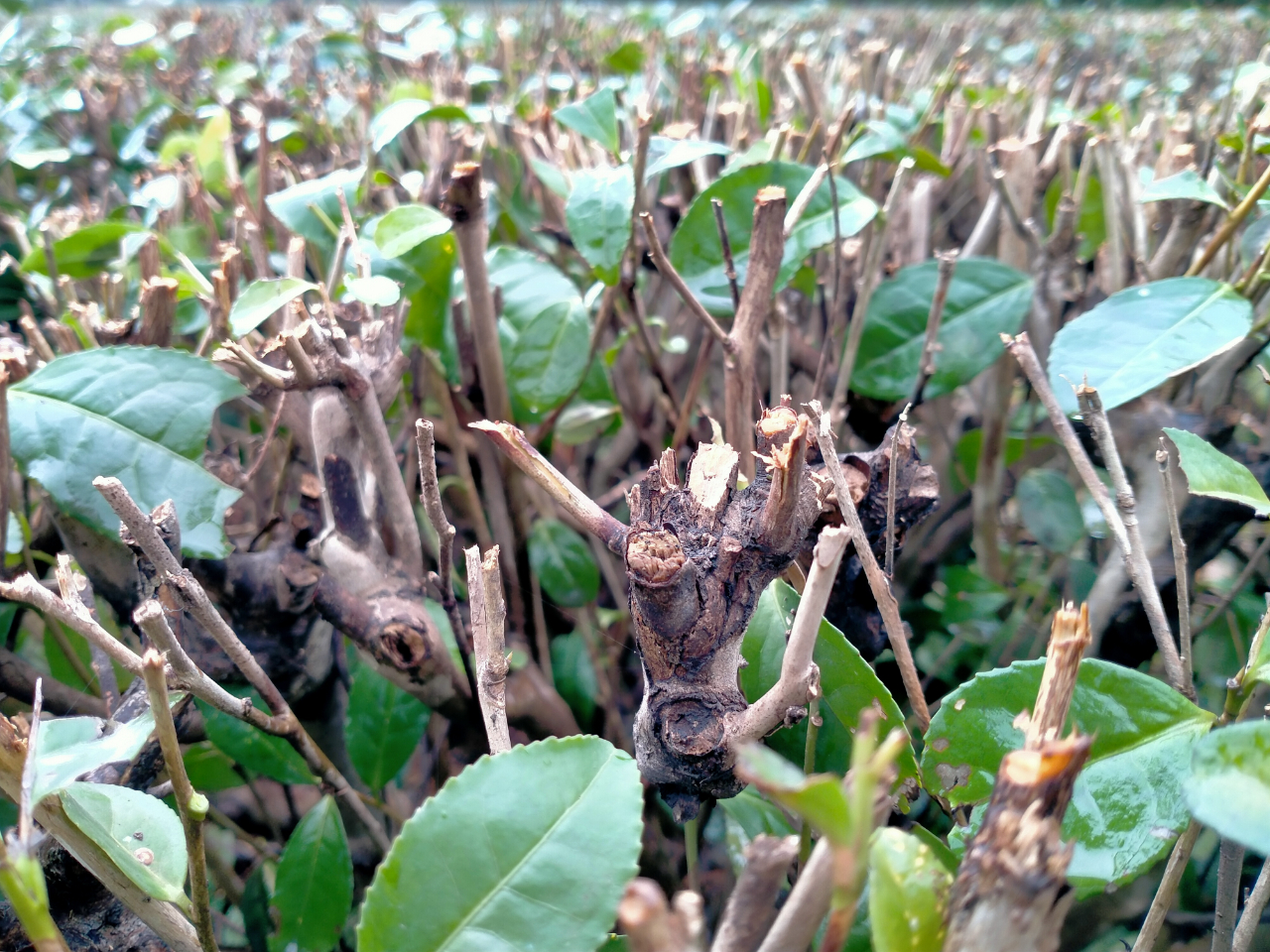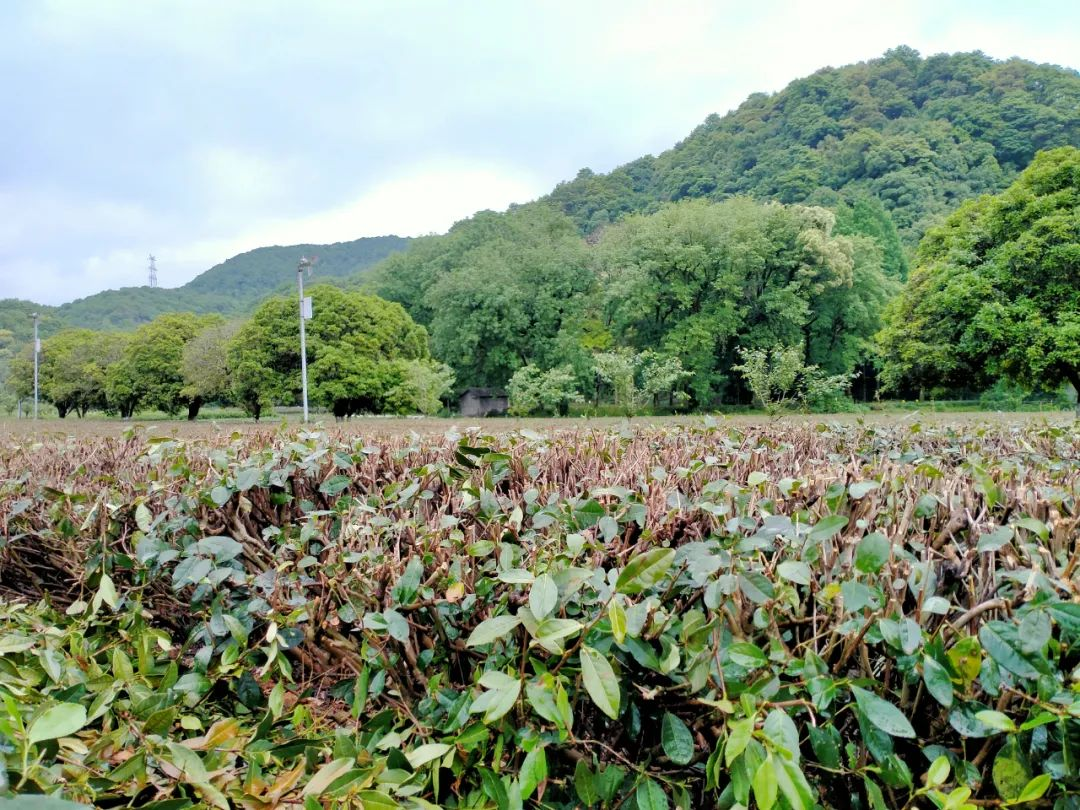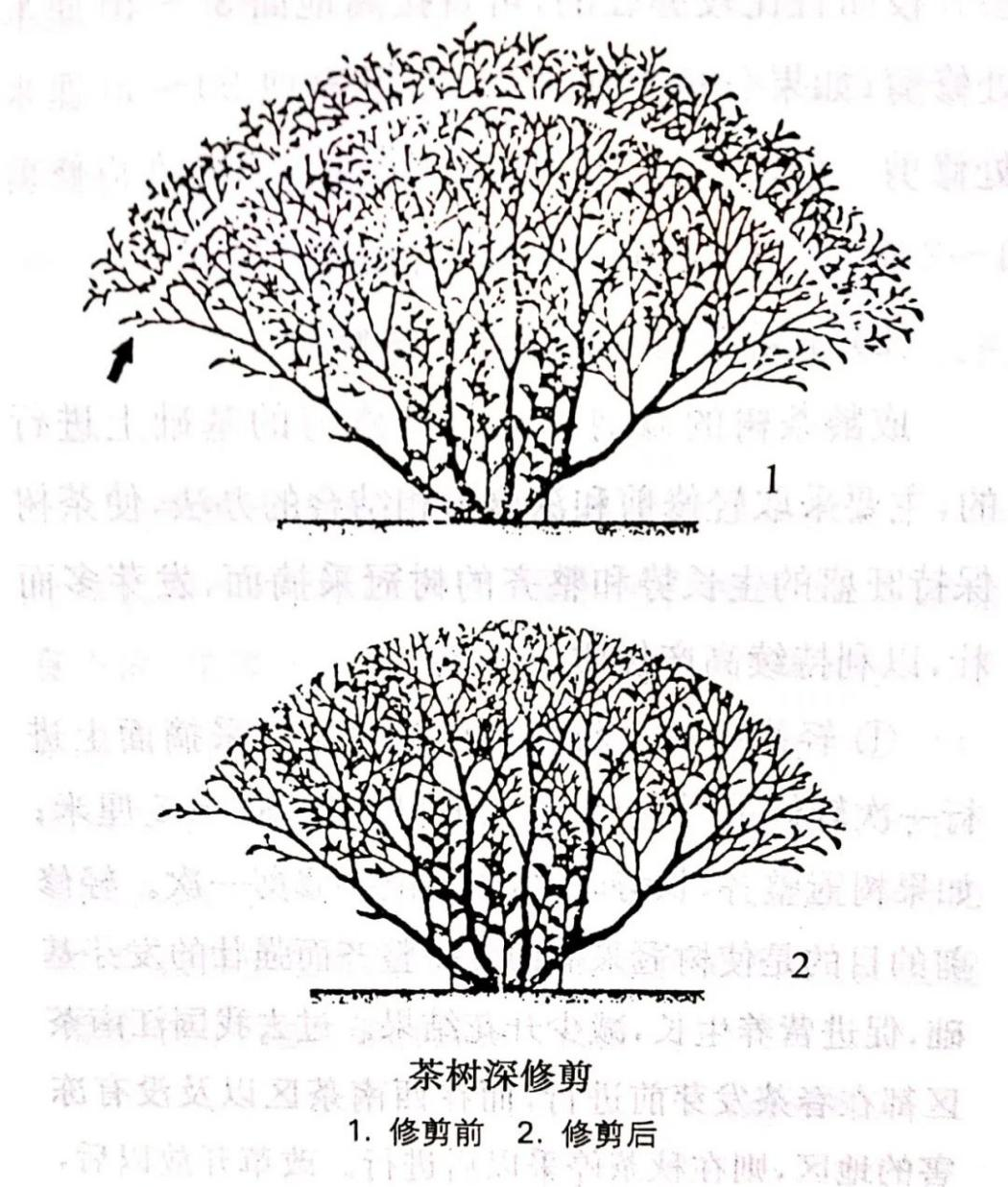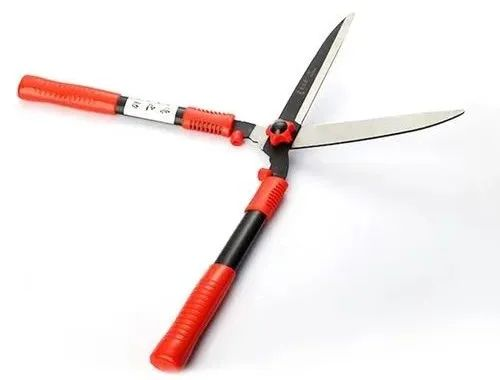Spring tea picking is coming to an end, and after picking, the problem of tea tree pruning cannot be avoided. Today let us understand why tea tree pruning is necessary and how to prune it?

1.Physiological basis of tea tree pruning
The tea tree has the characteristic of apical growth dominance. The apex of the main stem grows rapidly, and the lateral buds grow slowly or do not grow lately. The apical dominance prevents the germination of lateral buds or inhibits the growth of lateral branches. The apical dominance is removed by pruning, thereby removing the inhibitory effect of terminal buds on lateral buds. Tea tree pruning can reduce the developmental age of tea tree stage, thereby rejuvenating the growth potential. In terms of the growth of tea trees, pruning breaks the physiological balance between the aboveground and the underground, and plays a role in strengthening the growth of the aboveground. At the same time, the vigorous growth of the canopy forms more Tonghua products, and the root system can obtain more nutrients and promote the further growth of the root system.
2.The period of tea tree pruning
In my country’s tea regions with four distinct seasons, pruning tea trees before budding in spring is the period with the least impact on the tree . During this period, the roots have enough storage material, and it is also a period when the temperature gradually rises, the rain is abundant, and the growth of tea trees is more suitable. At the same time, the spring is the beginning of the annual growth cycle, and the new shoots can have a long time to fully develop after pruning.
The selection of the pruning period also depends on the climatic conditions of various places. In areas with high temperature all year round, such as Guangdong, Yunnan and Fujian, pruning can be carried out at the end of the tea season; in the tea areas and high mountain tea areas that are threatened by freezing damage in winter, Spring pruning should be delayed. However, in some areas, in order to prevent the canopy and branches from being frozen, the method of reducing the height of the canopy is used to improve the cold resistance. This pruning is best done in late autumn; in tea areas with dry season and rainy season, pruning should not be selected before the dry season. , otherwise it will be difficult to germinate after pruning.
3.Tea tree pruning method
The pruning of mature tea trees is carried out on the basis of stereotyped pruning. The combination of light pruning and deep pruning is mainly adopted, so that the tea trees can maintain vigorous growth potential and a neat canopy picking surface, and germinate more and stronger, so as to facilitate sustained high yields.
Light pruning: Generally, light pruning is carried out on the picking surface of the tea tree crown once a year, and the last cut is raised by 3 to 5 cm each time. If the crown is neat and growing vigorously, it can be pruned once every other year. The purpose of light pruning is to maintain a neat and strong germination base on the picking surface of the tea tree, promote vegetative growth, and reduce flowering and fruiting. Generally, light pruning is carried out immediately after picking spring tea, and the local spring shoots and part of the autumn shoots of the previous year are cut off.
Deep pruning: After many years of picking and light pruning, many small and knotty branches grow on the crown surface, commonly known as “chicken claw branches”. Due to its many nodules, which hinder the delivery of nutrients, the buds and leaves sent out are small, and there are many clipped leaves, which will reduce the yield and quality. A layer of chicken feet branches with a depth of ~15 cm can restore the tree vigor and improve the budding ability. After 1 deep pruning, continue to implement several young pruning, and chicken feet will appear in the future, resulting in a decrease in yield, and then 1 deep pruning can be performed. Repeatedly and alternately in this way, the tea tree can maintain a vigorous growth potential and continue to produce high yields. Deep pruning is generally done before spring tea sprouting.
Hedge shears are used for light pruning and deep pruning. The cutting edge should be sharp and the cutting edge should be flat. Try to avoid cutting the branches and affecting the wound healing.
4.Combination of tea tree pruning and other measures
(1) It should be closely coordinated with fertilizer and water management. Deep application of organic fertilizer and phosphorus and potassium fertilizer before cutting, and timely application of top-dressing fertilizer when new shoots germinate after cutting can promote the robustness and rapid growth of new shoots, and give full play to the due effect of pruning;
(2)It should be combined with picking and retaining samples. Since deep pruning reduces the area of tea leaves and reduces the photosynthetic surface, the production branches extracted below the pruning surface are generally sparse and cannot form a picking surface. Therefore, it is necessary to increase the thickness of the branches through retention. On the basis, secondary growth branches are sprouted, and the picking surface is re-cultivated by pruning;
(3) It should be coordinated with the pest control measures. For the tea aphid, tea inchworm, tea fine moth, tea green leaf hopper, etc. that damage the shoots of young buds, it is necessary to check and control it in time. The branches and leaves left by the regeneration and rejuvenation of aging tea trees should be removed from the garden in time, and the ground around the stumps and the tea bushes should be thoroughly sprayed to eliminate the breeding bases of diseases and insects.
Post time: May-07-2022

